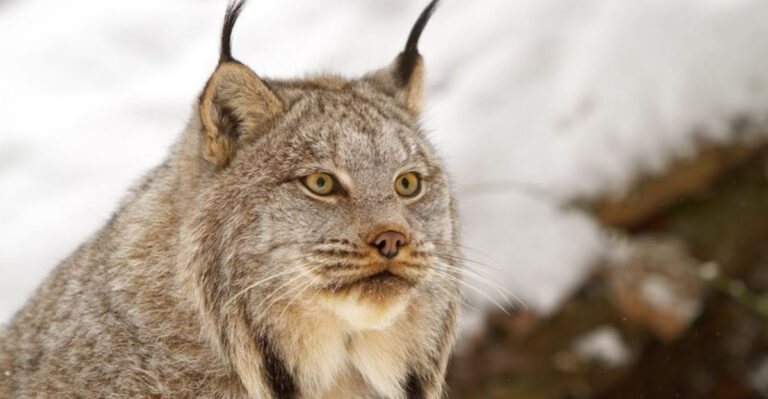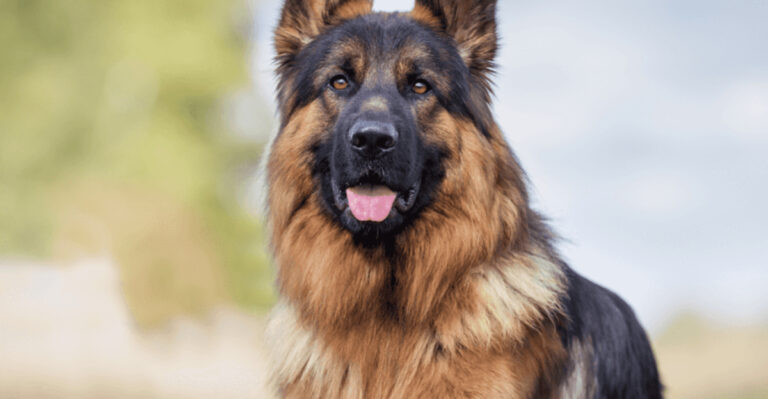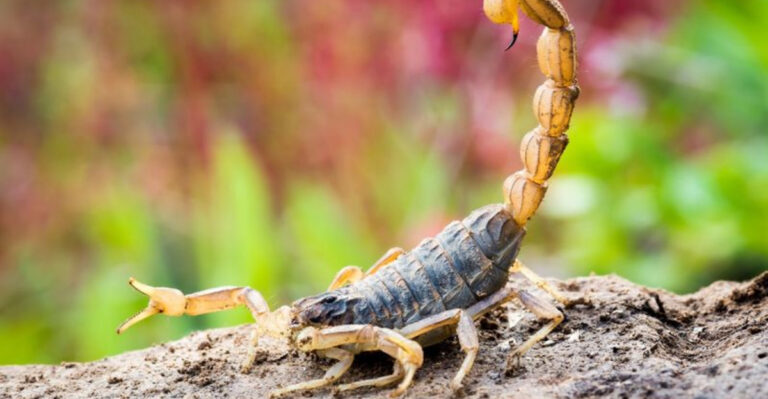12 Hidden Household Dangers That Could Put Your Cat At Risk
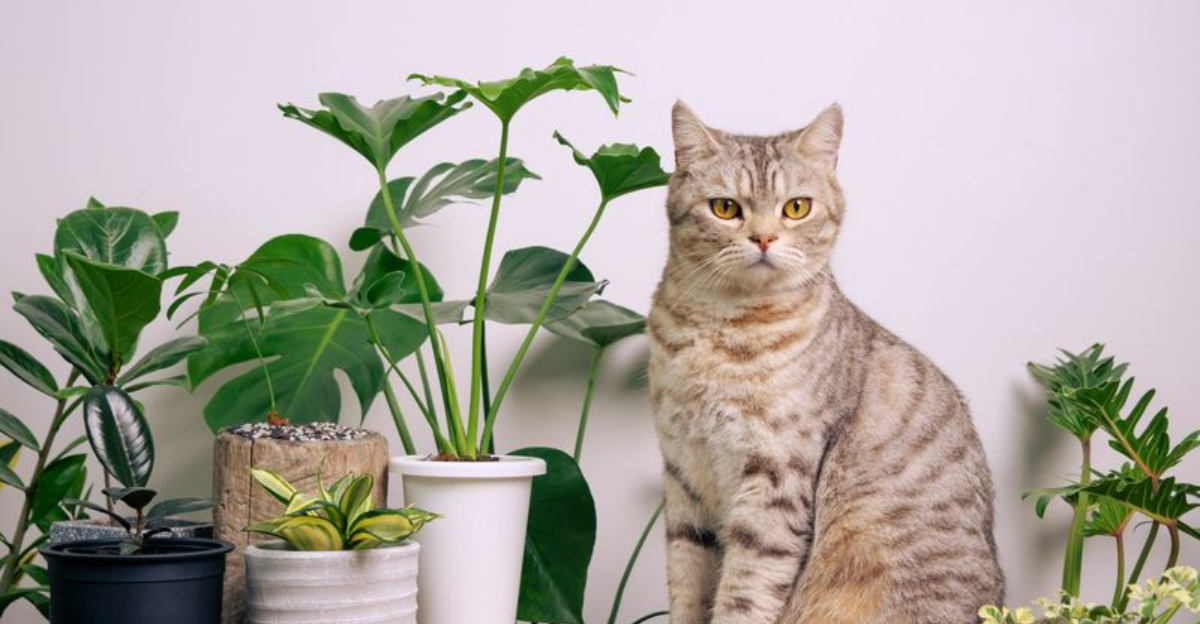
Our homes should be safe havens for our feline friends, but many everyday items can pose serious threats. From common plants to cleaning supplies, dangers lurk in unexpected places.
Understanding these risks helps protect your curious cat from potential harm while allowing them to safely explore their kingdom.
1. Toxic Houseplants
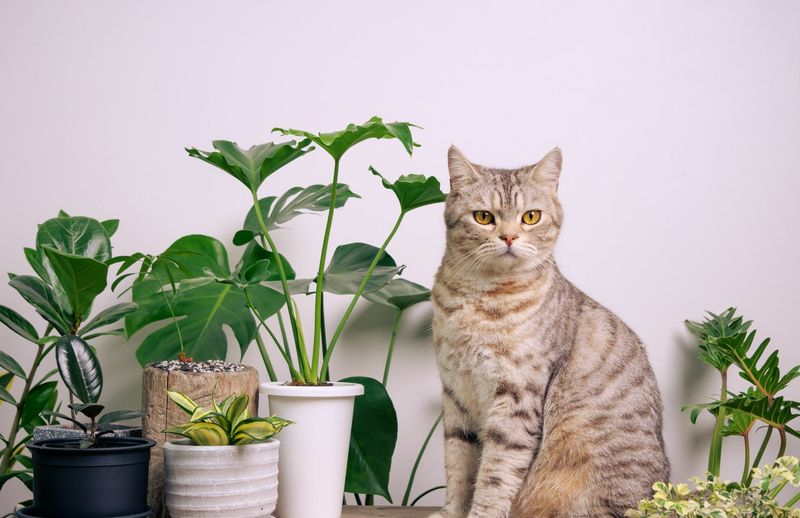
That innocent-looking lily could be deadly. Many common houseplants cause kidney failure in cats, including lilies, philodendrons, and pothos.
Even a small nibble or pollen dust on fur can trigger severe reactions. Keep these plants out of reach or better yet, choose pet-safe alternatives like spider plants or Boston ferns.
2. Household Cleaners
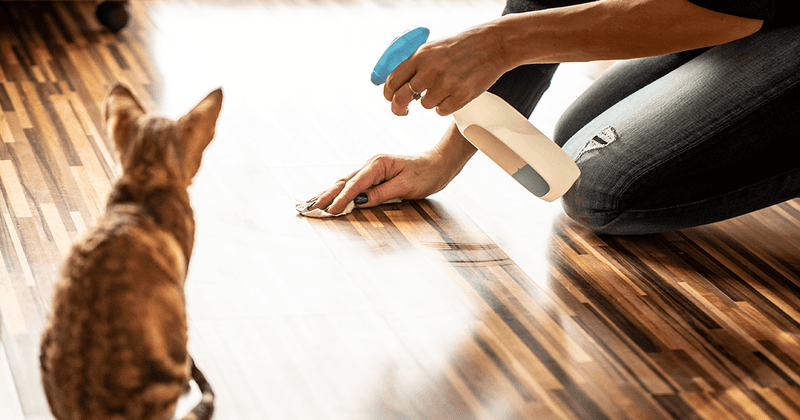
Floor cleaners leave residue that transfers to paws, which cats lick during grooming. Bleach, ammonia, and phenol compounds can cause chemical burns or poisoning.
Store cleaning products in latched cabinets and allow surfaces to dry completely before letting your cat roam. Consider switching to pet-safe cleaners made with natural ingredients.
3. Dangling Cords And Strings
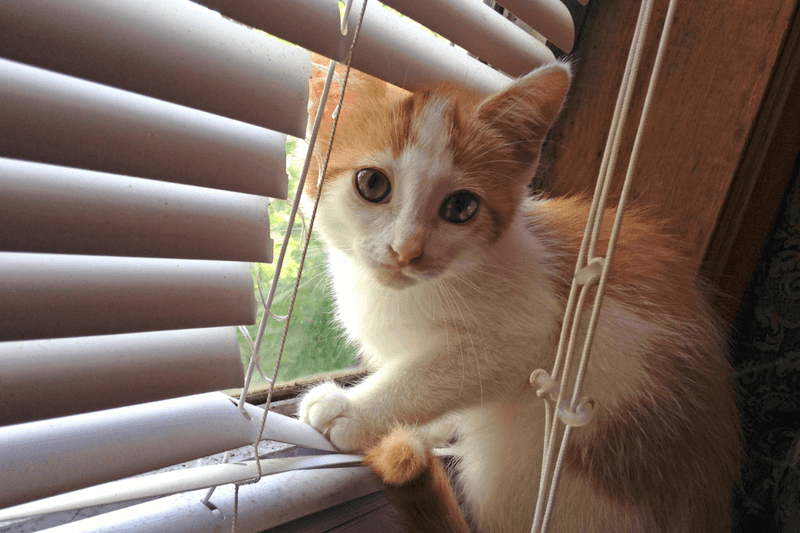
Playful kittens can’t resist attacking dangling blind cords or electrical wires. What starts as innocent play can lead to strangulation or electrical burns.
Bundle excess cords with cord organizers and tuck them away. Replace hanging blinds with cordless options. Never leave string toys unattended – intestinal obstruction from swallowed string requires emergency surgery.
4. Human Medications
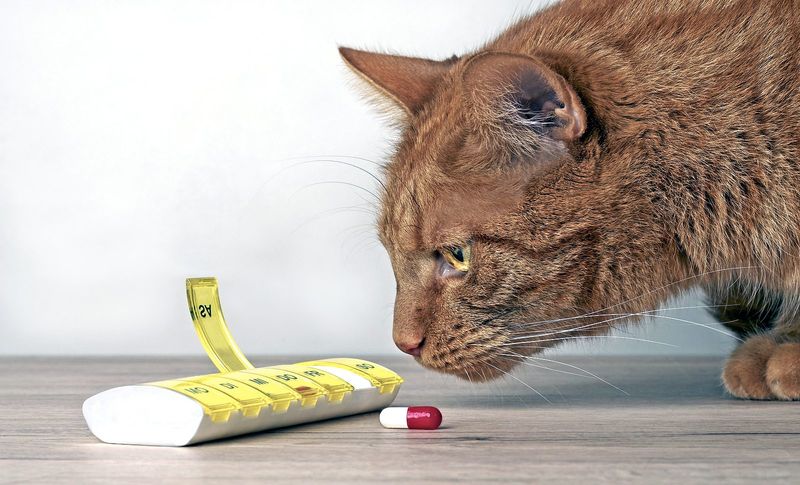
Dropped pills fascinate cats who mistake them for treats. Acetaminophen, ibuprofen, and antidepressants are especially toxic – just one tablet can be fatal.
Store medications in containers cats can’t open, preferably inside drawers or cabinets. Pick up dropped pills immediately and never medicate your cat without veterinary guidance.
5. Essential Oils And Diffusers
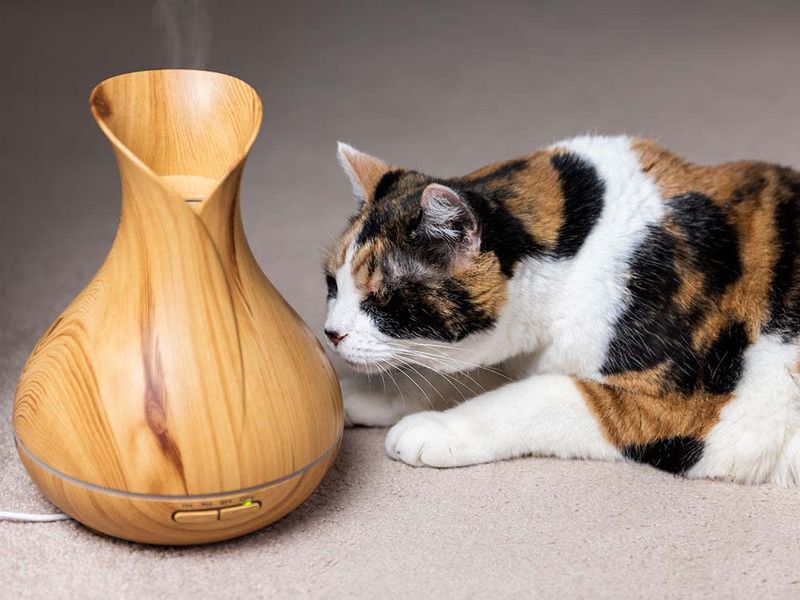
Trendy essential oil diffusers release compounds toxic to feline livers. Tea tree, citrus, pine, and cinnamon oils are particularly harmful.
Cats’ sensitive respiratory systems can’t process these concentrated oils. Skip the diffuser or switch to pet-safe alternatives like unscented humidifiers. Always research products thoroughly before introducing them to cat-occupied spaces.
6. Open Washing Machines And Dryers
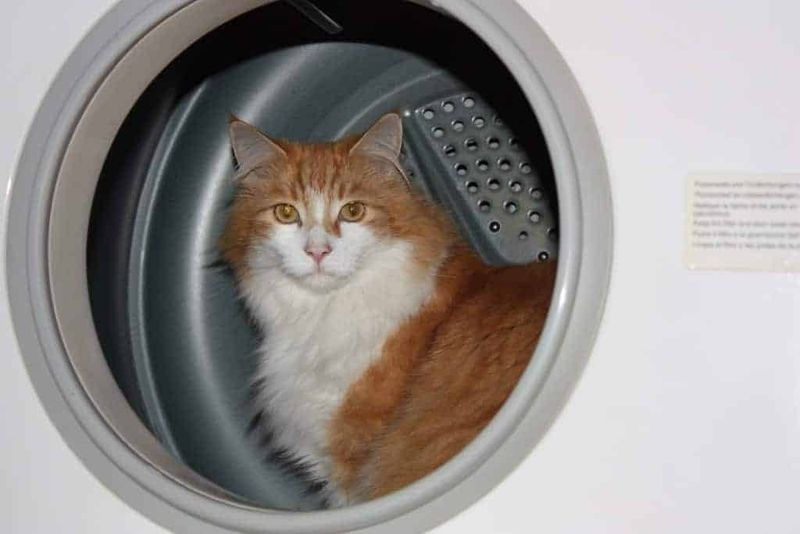
Warm laundry magnetically attracts cats seeking cozy nap spots. Curious felines jump into open appliances, risking being trapped if the door closes.
Always check drum contents before starting cycles and keep doors closed when not in use. The heat, tumbling action, and inability to escape make washers and dryers deadly traps for unsuspecting cats.
7. Reclining Chairs And Sofas
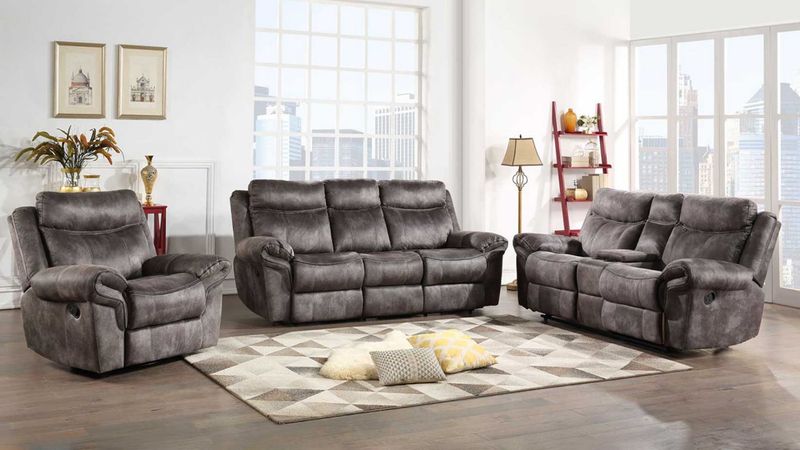
Mechanical recliners create perfect hiding spots underneath. When mechanisms activate, cats can be crushed or trapped in moving parts.
Always check underneath before adjusting furniture positions. Some cats even crawl inside upholstery through small tears, accessing dangerous internal mechanisms. Consider furniture designed with solid barriers underneath to prevent access.
8. Plastic Bags And Packaging
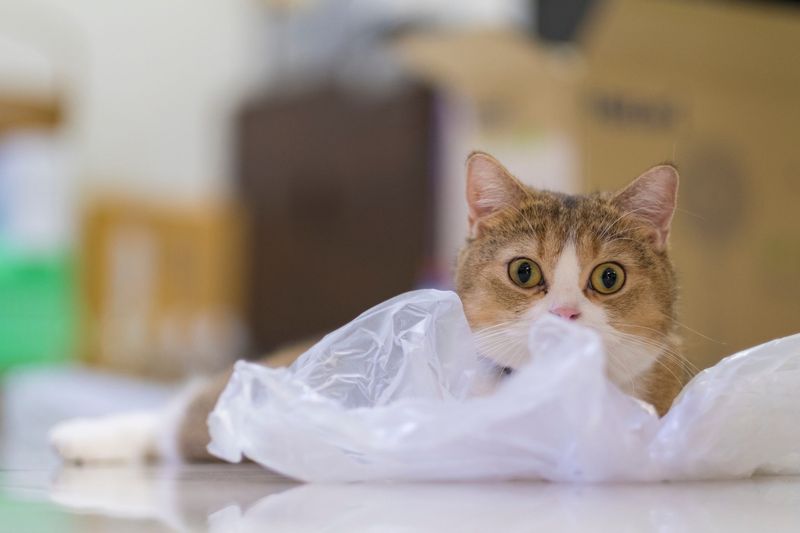
Grocery bags create irresistible crinkly sounds that trigger hunting instincts. Plastic handles can become neck traps, while cats playing inside bags risk suffocation.
Store bags where cats can’t reach them or cut handles before disposal. Packing materials like styrofoam peanuts and bubble wrap present choking hazards if bitten or swallowed during play.
9. Antifreeze And Garage Chemicals
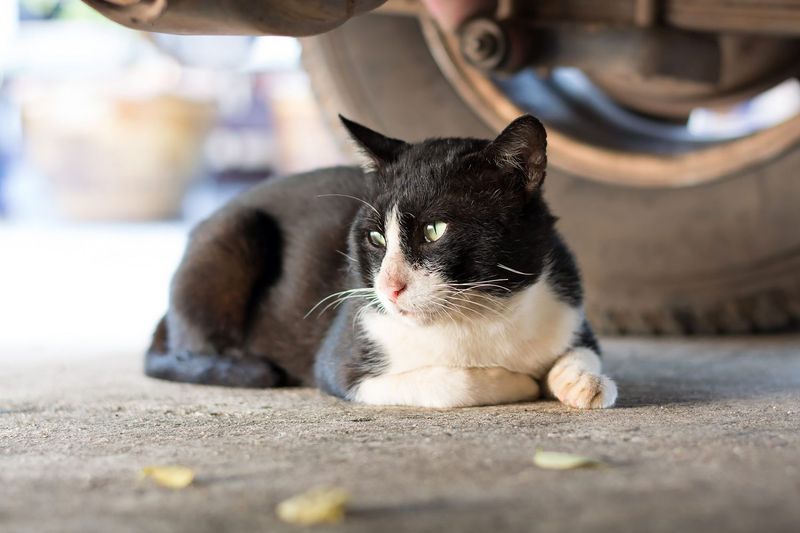
Sweet-tasting antifreeze attracts cats but contains ethylene glycol, causing fatal kidney failure even in small amounts. Just a few licks from a garage floor spill can be deadly.
Switch to propylene glycol-based products which are less toxic. Clean spills immediately and store all chemicals in secured cabinets. Keep cats out of garages and workshops entirely when possible.
10. Open Windows Without Screens
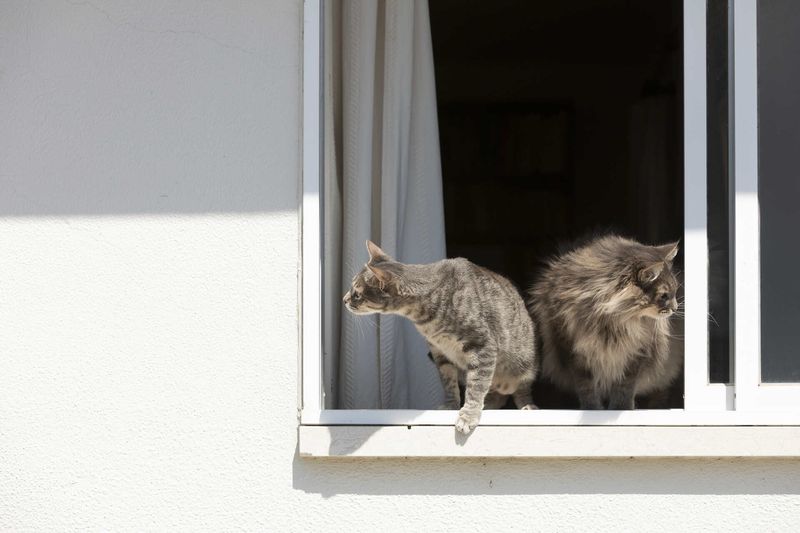
Sunbathing spots on windowsills become danger zones without secure screens. The myth that cats always land safely is false – high-rise syndrome causes serious injuries.
Install sturdy screens that can withstand cat weight and pressure. Consider window guards designed specifically for pets. Even single-story falls can result in broken teeth, jaws, or legs.
11. Small Objects And Toys
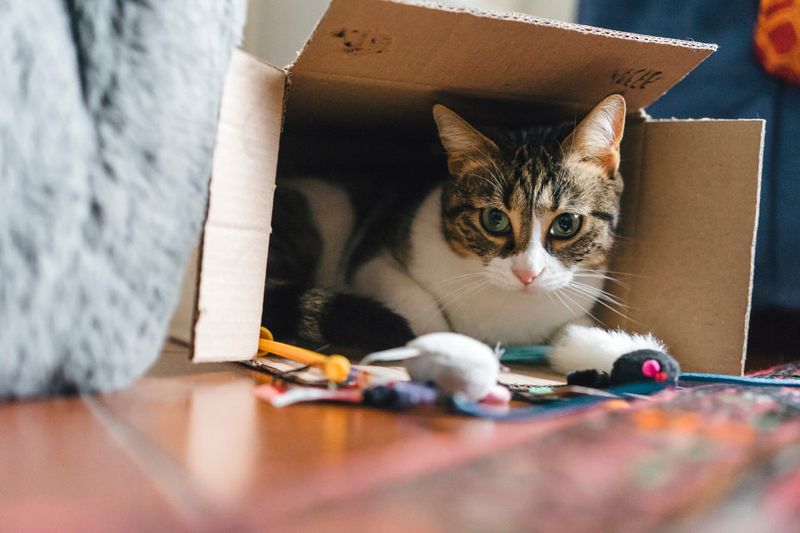
Rubber bands, hair ties, and small toy parts trigger playful batting that often leads to swallowing. Linear objects like string can saw through intestines if ingested.
Scan floors regularly for dropped items. Choose cat toys without small detachable parts. Watch for symptoms of ingestion: vomiting, lethargy, or loss of appetite require immediate veterinary attention.
12. Human Foods
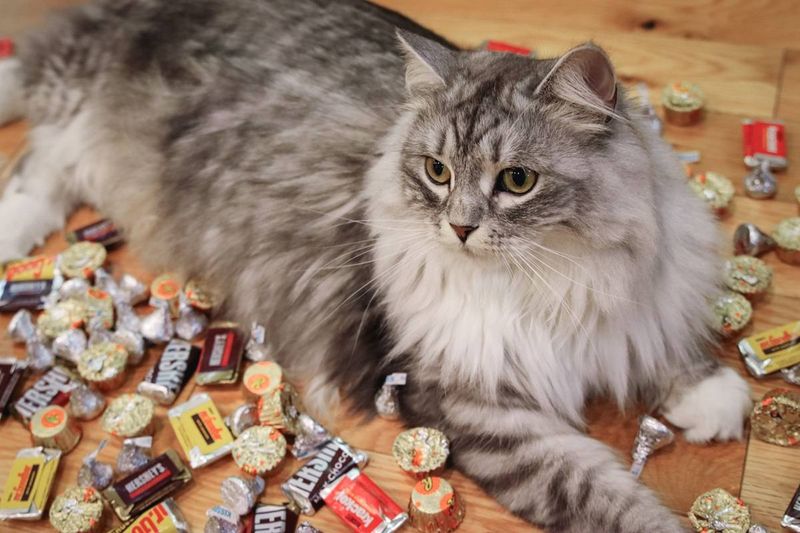
Chocolate contains theobromine that cats can’t metabolize, causing heart problems and seizures. Onions, garlic, grapes, and raisins damage red blood cells or kidneys.
Never leave these foods unattended on counters. Xylitol in sugar-free products causes rapid insulin release and liver failure. Keep trash secured to prevent dumpster diving expeditions.

